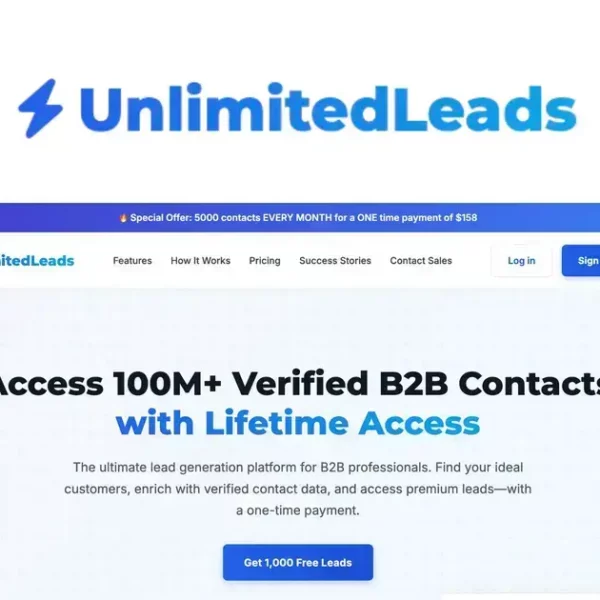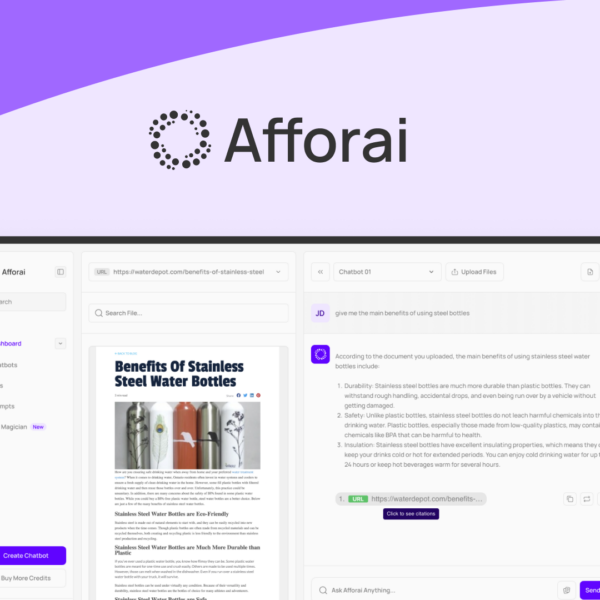Lifetime deals in the SaaS market offer amazing opportunities but buyer beware! How do you ensure you’re making a wise investment? Let’s dive into essential checks to guide your journey.
Do Your Homework on the Developer and the Company
When considering a lifetime deal, it’s crucial to do your homework on the developer and the company behind the product. This helps you ensure you’re making a wise choice. Start by checking their website and social media presence. Look for clear communication and an active community engaged around their products.
Check Their Reputation
Research the company’s reputation. Look for reviews from other users. Are they positive? Negative reviews can be a red flag. Pay attention to how the company responds to feedback. A responsive team shows commitment to their users.
Evaluate Their Track Record
Check how long the company has been in business. A longer history may suggest a stable and reliable product. Look for past products or offers. Were they successful? Did they meet user needs? Understand their evolution and improvements over time.
Understand Their Customer Support
Good customer support is important. Test their support system before buying. Send a question via chat or email. See how quickly and thoroughly they respond. A quick response can indicate a dedicated team ready to help you.
Look for Transparent Policies
Ensure the company has clear policies. This includes refund policies, terms of service, and privacy policies. Transparency shows reliability. Understand your rights as a customer. It builds trust in the company you are dealing with.
Check Recent Features Released

When you consider a lifetime deal, it’s important to check recent features released by the software. New features can show how active and committed the developers are. Products that frequently update are often more reliable and useful.
Look for Regular Updates
See how often they release updates. Regular updates mean the team is working hard to improve the product. Check the release notes on their website or product pages. This will show you what new features have been added recently.
Evaluate the Value of New Features
Not all features are created equal. Look for valuable updates that solve real user problems. Features should make the product easier or more effective to use. Ask yourself if they enhance your overall experience.
Read User Feedback on New Features
Check what users are saying about the new features. User reviews can provide insight into how well features perform. Look for comments on forums and social media to get diverse opinions.
Compare Features with Competitors
Compare the features of the product with those from similar tools. Does the software offer unique features? Understanding the competition helps you know if you’re making a sound investment.
Look at Their Roadmap
It’s vital to look at their roadmap before buying a lifetime deal. A roadmap gives you insight into future plans for the software. It shows how the developers plan to grow and improve the product over time.
Understand Upcoming Features
Check what features are listed for future updates. Are they useful to you? Knowing what’s coming can help you decide if the product fits your needs now and later.
Evaluate the Timeline
Look for a clear timeline in the roadmap. It should outline when new features are expected to be released. A solid timeline shows the team is organized and committed to progress.
Assess Community Feedback on Roadmap
Many companies share their roadmap with users for feedback. See how users react to planned features. Are they excited, or are there concerns? This can help you gauge the product’s direction.
Check for Past Commitments
Look at how well the company has followed its past roadmaps. Did they meet their deadlines and promises? This can be a good indicator of their reliability.
Chat with Their Support

Before committing to a lifetime deal, it’s smart to chat with their support. Good support can make a big difference in your experience. It helps you feel more confident about your purchase.
Test Their Responsiveness
Reach out via chat or email and check how quickly they respond. A fast reply shows they care about their customers. Time is important, especially if issues arise later.
Ask Specific Questions
Prepare a few specific questions about the product. This helps you gauge their knowledge and support quality. Ask about features, updates, or troubleshooting. Their answers should be clear and helpful.
Evaluate Their Tone and Helpfulness
Notice how the support team interacts with you. Are they friendly? Do they seem willing to help? A positive attitude can ease your worries about using the product.
Check for Availability
Find out when support is available. Some teams offer 24/7 help, while others may have limited hours. Knowing this helps you plan when to seek assistance if needed.
Decide Whether the Product Fills a Need
When considering a lifetime deal, you must decide whether the product fills a need. Think about your specific requirements. Does the product solve a problem for you?
Identify Your Needs
First, list what you need the software to do. What are the key features you’re looking for? Make sure the product aligns with these needs to be truly beneficial.
Evaluate Its Features
Next, look closely at the features the product offers. Do these features match your needs? A product should not only be appealing but also useful for your day-to-day tasks.
Consider Long-Term Use
Think about how you plan to use the software over time. Will it continue to meet your needs as your business grows? Choose a product that can adapt as your requirements change.
Seek Opinions and Reviews
Look for feedback from other users. Their experiences can help you understand if the product is effective. Check forums or review sites for honest opinions before you decide.




